After the Holidays are over, checking your credit card bill might be the last thing you want to do. “Santa” was very generous this year and while he might get to fly back to the North Pole till next year, you’re the one stuck with all those charges now.
But, this is actually the most important time to look at your credit card statement closely. Christmas might be the time for giving, but for credit card skimmers and fraudsters, it’s also the season for taking.
We’ve discussed before how the
holidays mark the peak of fraud activity every year. Some of the reasons for that are obvious – with so many people rushing to get their shopping done, it’s the perfect time to try and skim some numbers, launch a phishing scam, or set up a fraudulent website.
But, there is one other reason scammers target the holiday season more than any other time of the year. They’re hoping to get lost in the shuffle.
Not every scammer tries to go for a huge play. A common technique for many fraudsters is to engage in numerous smaller thefts. Card skimmers, people who use compromised registers and ATMs to copy credit and debit card numbers, particularly enjoy this technique.
Instead of trying to drain one person’s account, a big attention grabbing crime that would likely reveal the source of their skimming device when investigated, they’ll instead steal $10-$50 from hundreds of people. The idea is to make the charges small and innocuous enough that the majority of their victims never notice. Sadly, many never do.
This was the tactic used by scammers in the wake of the major Target data-breach back in 2014. Using credit card information attained from the breach,
they charged thousands of customers with bogus $9.84 charges.
Why $9.84? Well, it makes perfect sense – how many people are going to notice or pursue a charge under $10 on their account? The amount also looks natural on a bill. While a round, clean number like $10 even might stand out as odd, $9.84 is exactly the kind of money you might drop on a fast food lunch or fancy coffee with a friend and not think too much of.
It worked too. Despite being found out and widely covered in the media in early 2014, there is evidence to suggest the scammers were dipping their beaks in thousands of accounts across all of 2013.
It’s easy to see how people might not notice this kind of scam. This is especially true during and after the holiday season. When you’re making dozens of purchases during the holidays from stores and locations you might normally never visit, an opportunistic criminal could easily get away with tucking an extra charge in with the rest of your expenses. That’s why you need to be extra careful when reviewing your post-holiday financial statements.
Remember to always:
- Review your credit card statement closely the day it arrives
- Make sure you can identify each and every charge on it. If you can’t recognize a businesses name, or don’t remember where you spent money on a particular day, investigate it.
- Report any charges that seem suspicious immediately.
Some good habits to get into:
- Try to avoid using your credit card in dubious locations. Independent ATMs in convenience stores and food courts, gas station pumps, and temporary stalls/merchants are all prime targets for skimmers to compromise. If you have no choice but to use one, record the date and location and be sure to watch your bills closely for the next few months.
- If you don’t already have online banking where you can check your statements in real time, contact your bank and have them set that up. Being able to check your bill at anytime will help spot potential fraud issues more quickly
- Some financial institutions offer text message notifications after every credit card purchase in real time.
- Keep your receipts and record your purchases. You don’t need to carry around a ledger like some accountant, but a small notebook where you record purchases and incidental costs can help you distinguish between the time you picked up gas with your credit card, and a potential scam.
- If your statement doesn’t arrive, contact your bank, even if you have online banking. Stolen or misdirected statements can be another sign of fraud.
The holidays are expensive enough without criminals taking a taste from your bill. While totaling up exactly how much you owe might not sound like the most fun way to spend an evening, it might just save you from paying a fraudulent charge.


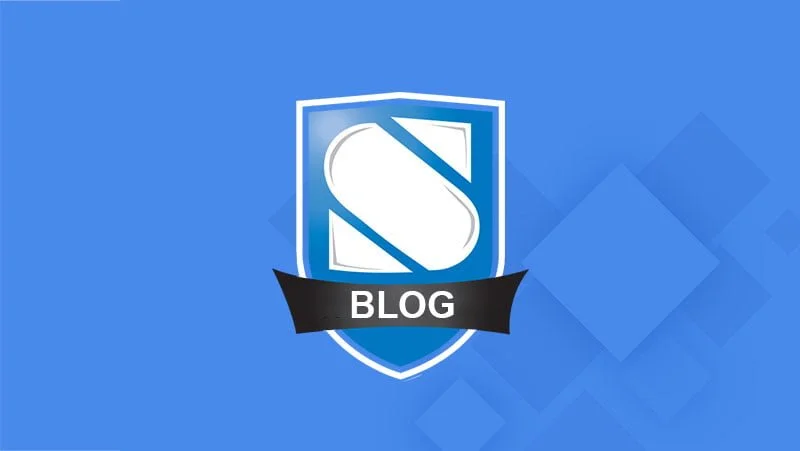


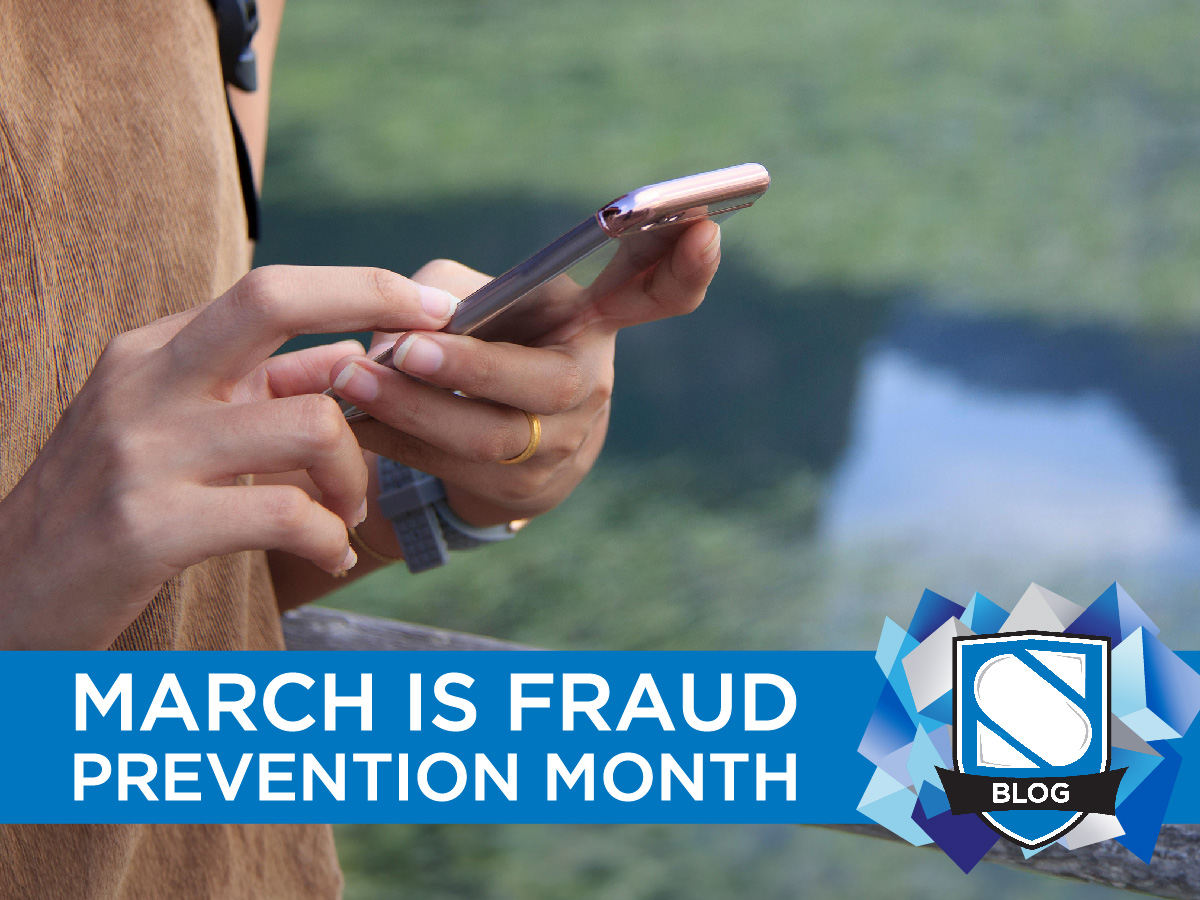

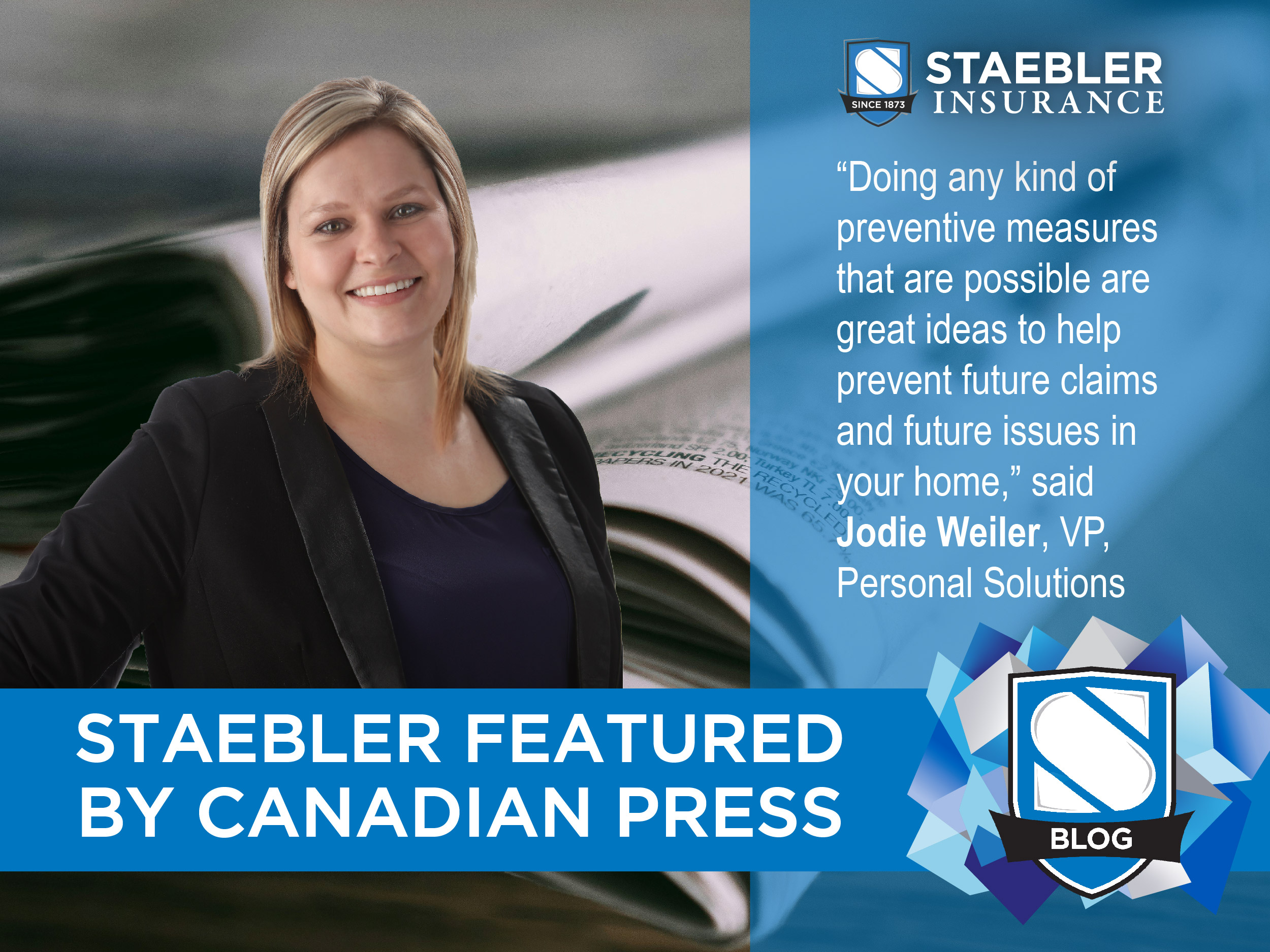

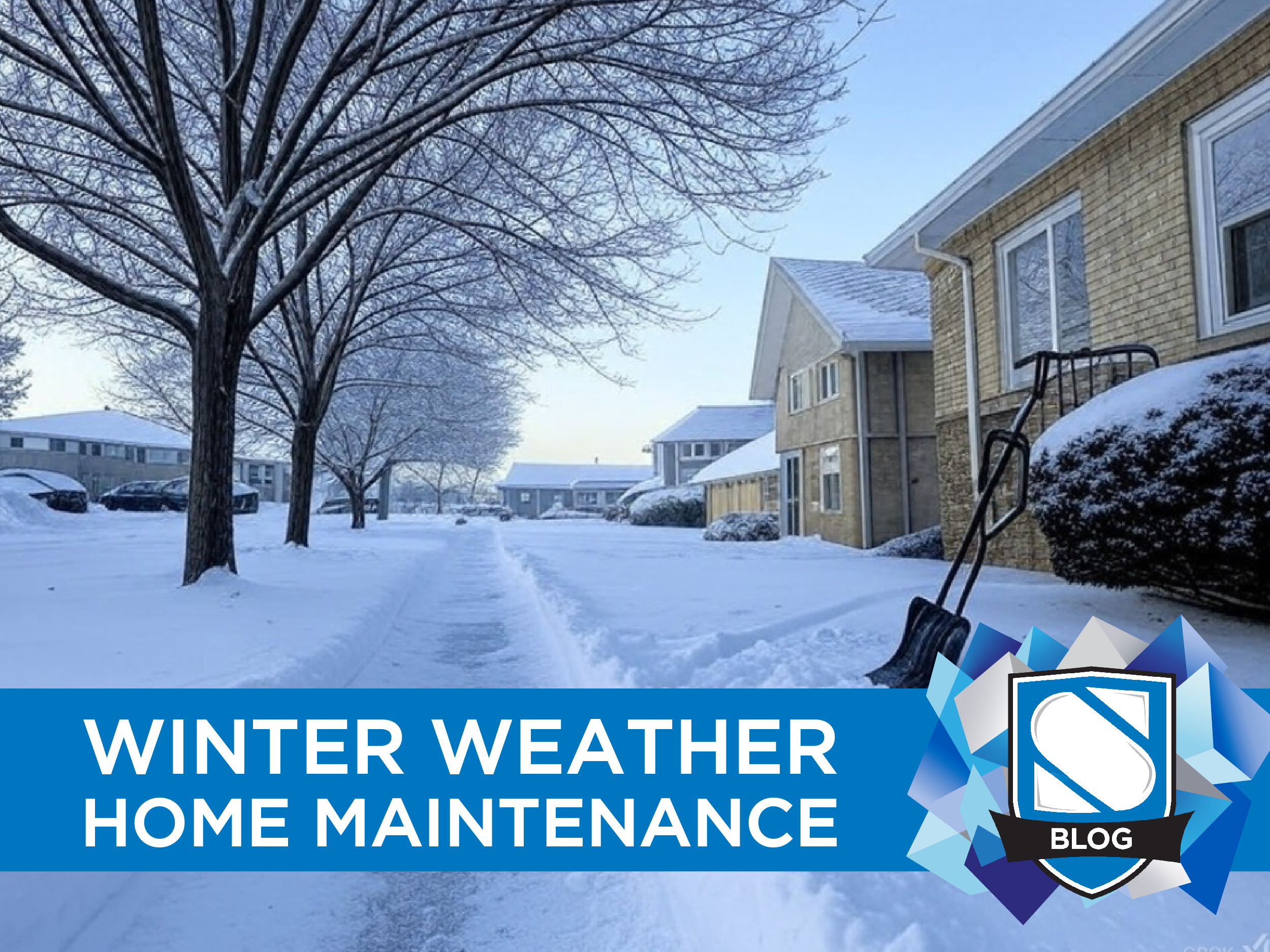
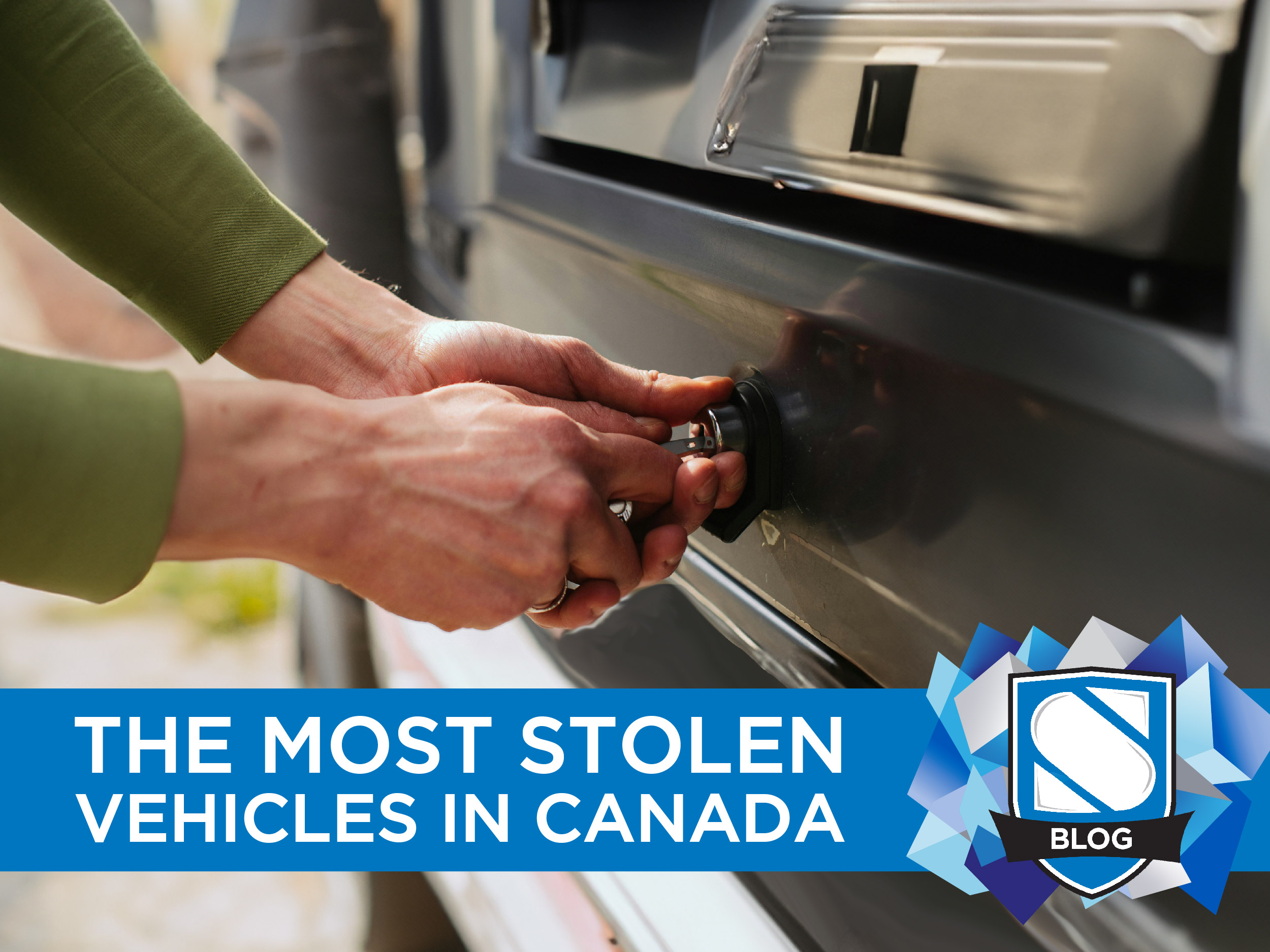


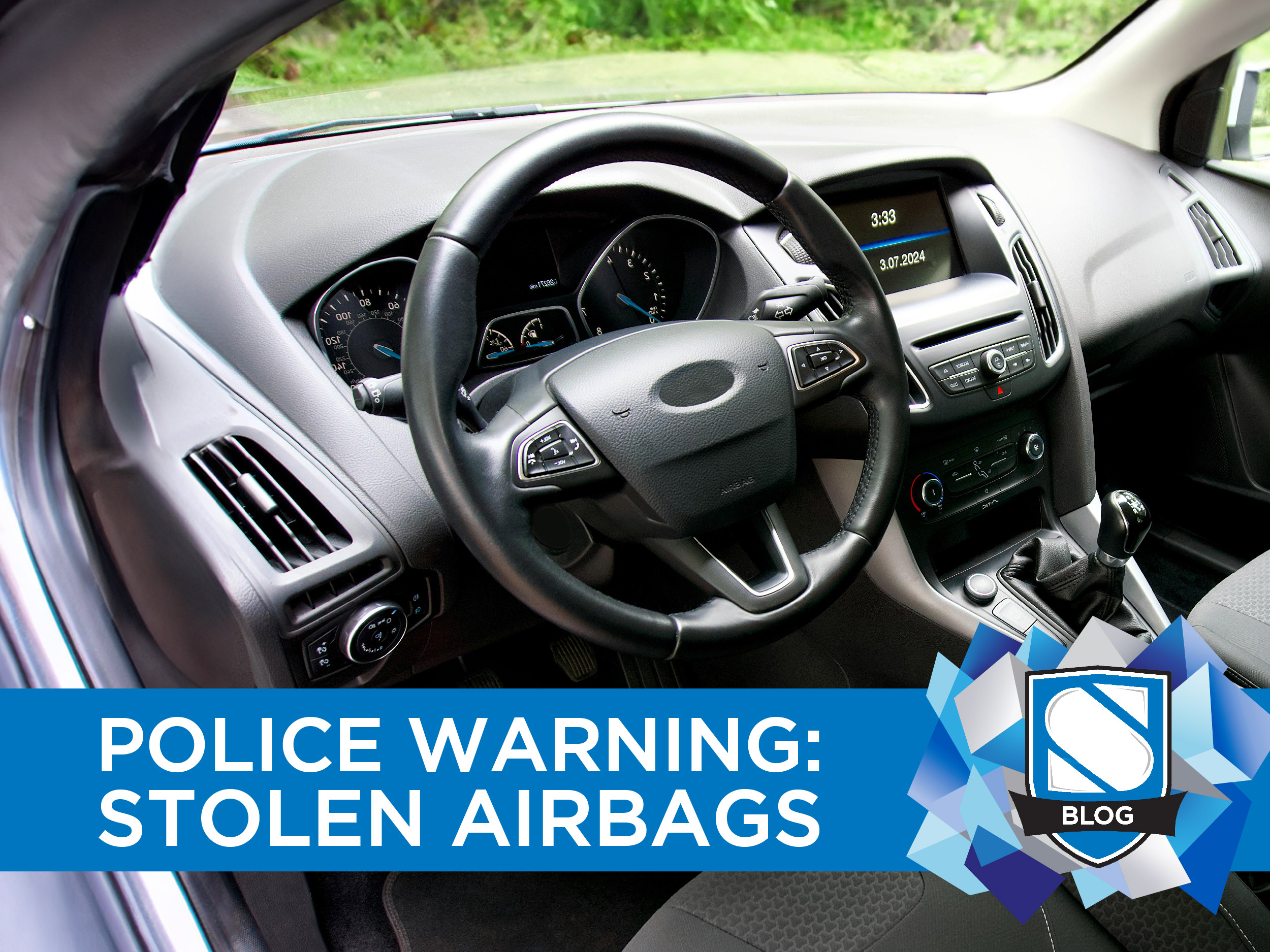
0 Comments